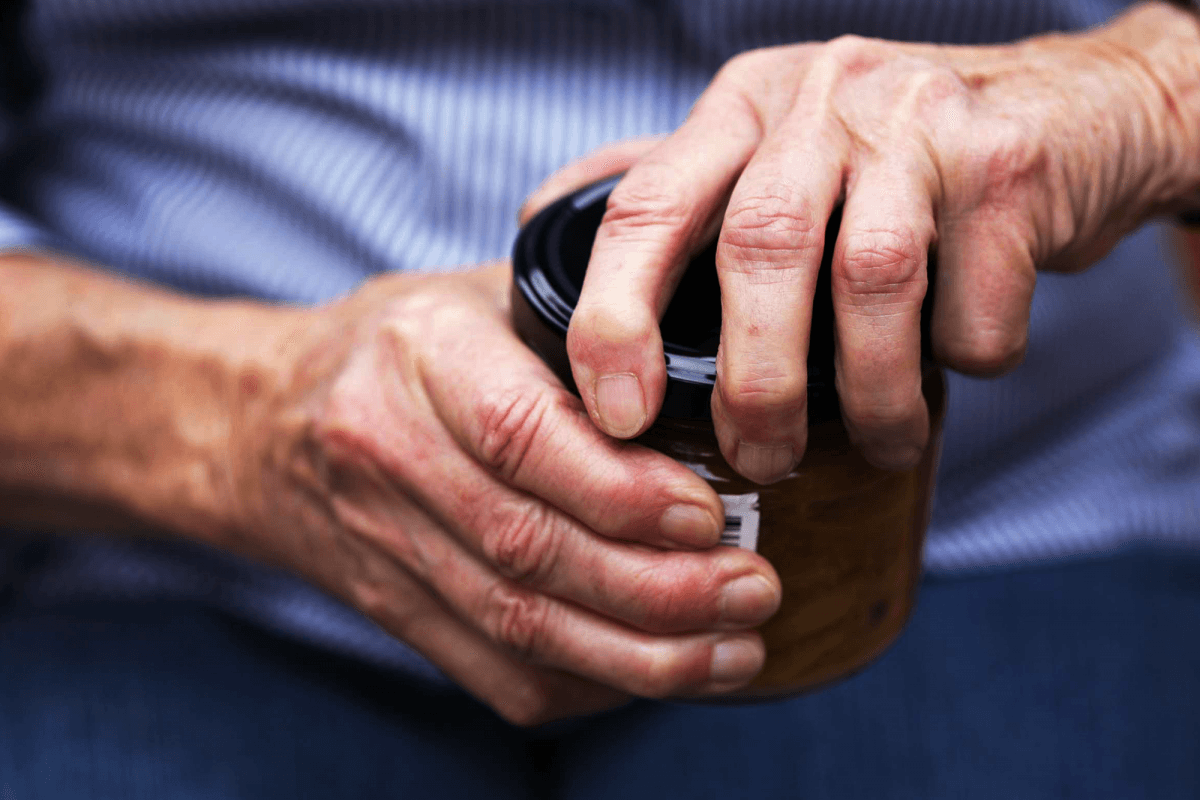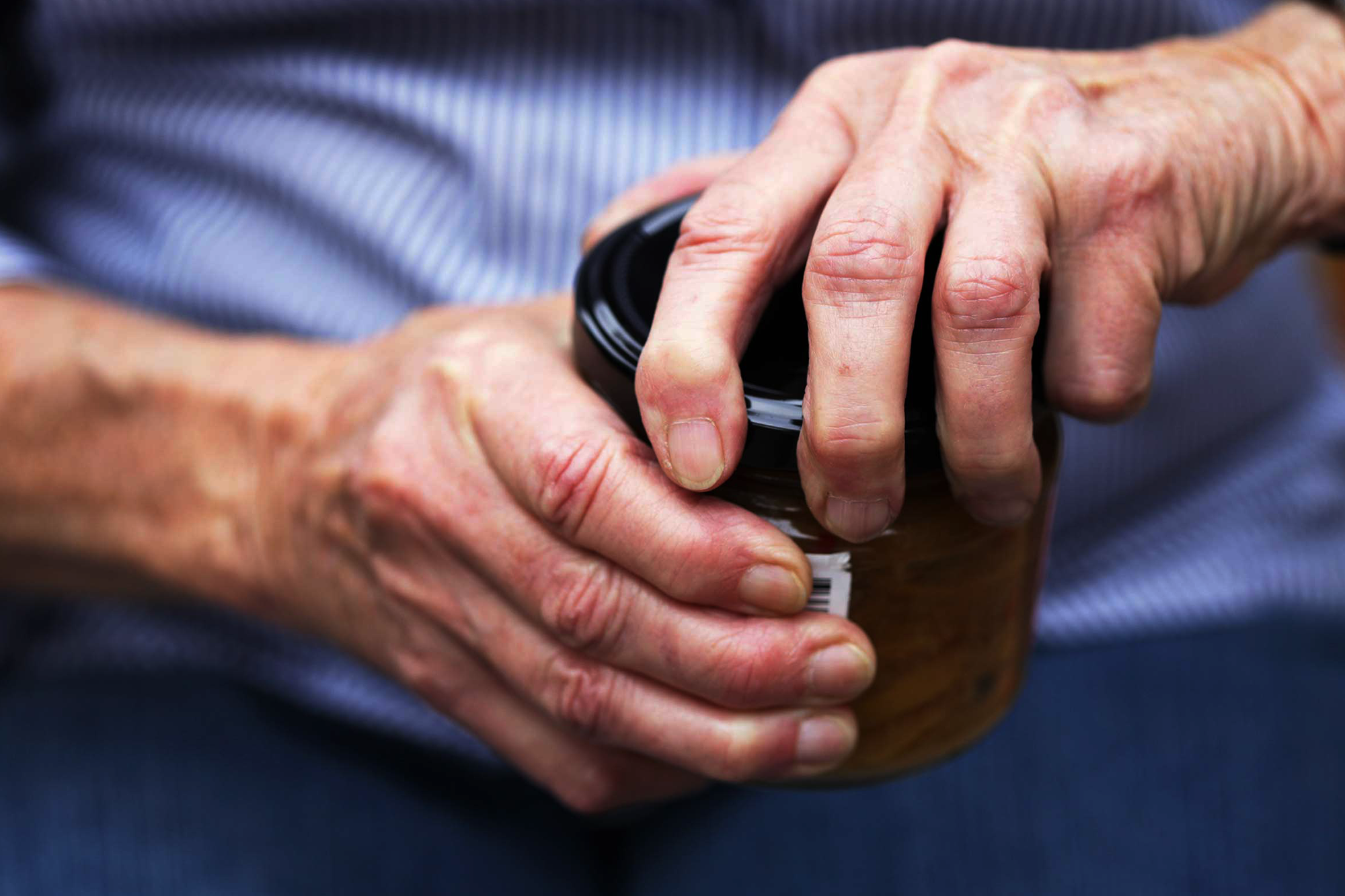Arthritis Risk Factors and Treatment

Affecting more than 180 million people in India, arthritis is a serious health condition that demands medical attention. Arthritis literally means inflammation of one or more joints. The main symptoms of arthritis are joint pain, swelling, tenderness, loss of movement, and stiffness, which typically worsen with age.
How many types of arthritis are there
There are over 100 types of arthritis but the most common types of arthritis are osteoarthritis and rheumatoid arthritis. Osteoarthritis involves wear-and-tear damage to your joint’s cartilage — the hard, slick coating on the ends of bones. Enough damage can result in bone grinding directly on the bone, which causes pain and restricted movement. This wear and tear can occur over many years, or it can be hastened by a joint injury or infection.
In rheumatoid arthritis, the body’s immune system attacks the lining of the joint capsule, a tough membrane that encloses all the joint parts. This lining, known as the synovial membrane, becomes inflamed and swollen. The disease process can eventually destroy cartilage and bone within the joint.
What are the risk factors for arthritis?
- Family history. Some types of arthritis run in families, so you may be more likely to develop arthritis if your parents or siblings have the disorder. Your genes can make you more susceptible to environmental factors that may trigger arthritis.
- Age. The risk of many types of arthritis — including osteoarthritis, rheumatoid arthritis, and gout — increases with age.
- Your sex. Women are more likely than men to develop rheumatoid arthritis, while most of the people who have gout, another type of arthritis, are men.
- Previous joint injury. People who have injured a joint, perhaps while playing a sport, are more likely to eventually develop arthritis in that joint.
- Obesity. Carrying excess kilos puts stress on joints, particularly your knees, hips, and spine. Obese people have a higher risk of developing arthritis.
How is arthritis diagnosed?
During the physical exam, your doctor will check the patient for swelling, redness, and warmth. The specialist will also want to see how well the patient can move his/her joints. Depending on the type of arthritis suspected, the doctor may suggest some laboratory tests that analyze blood, urine, and joint fluid. Further, the doctor may recommend imaging tests like X-rays, Computerized tomography (CT) scans, Magnetic resonance imaging (MRI), and ultrasound.
How is arthritis treated?
In many cases, arthritis symptoms can be reduced with weight loss, exercise, massage, hot and cold packs, and some health supplements. However early diagnosis and treatment from an orthopedic specialist are a must for proper management of this condition.
Arthritis treatment focuses on relieving symptoms and improving joint function. The doctor may try several different treatments, or combinations of treatments, before determining what works best for the patient. The medications used to treat arthritis vary depending on the type of arthritis. Commonly used arthritis medications include analgesics (painkillers), non-steroidal anti-inflammatory drugs (NSAIDs) to reduce inflammation and pain, corticosteroids, and other medications. The doctor can also recommend physiotherapy and in some cases joint surgery to treat the painful condition.
If you or your loved one are showing symptoms of arthritis, don’t waste time and consult an orthopedic specialist who will accurately diagnose and treat this health condition.
Request a call back



 Call-an-Ambulance
Call-an-Ambulance



